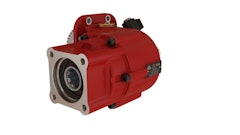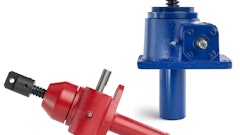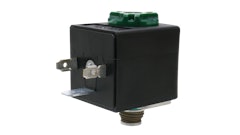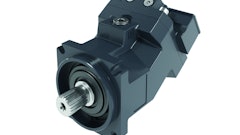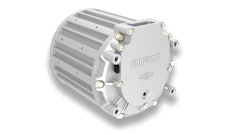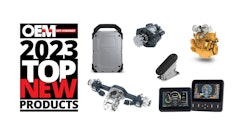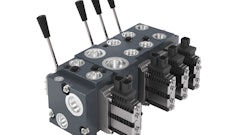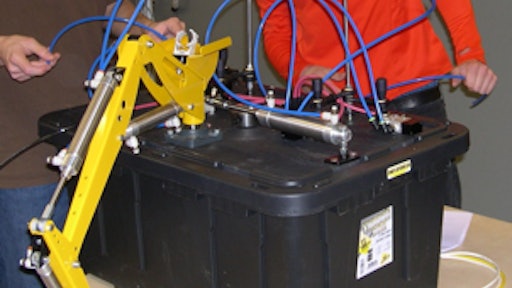
A micro-excavator, powered by water hydraulics or pneumatics and small enough to fit in a hand-carried storage bin, provides an exciting new platform for increasing understandings of the importance of fluid power as well as insights into the technology itself. This innovative learning resource is well-suited for many audiences, too—in classrooms, museums, even in corporate lobbies. As one of the CCEFP’s (Engineering Research Center for Compact and Efficient Fluid Power) education and outreach projects, the micro-excavator was built and developed under the direction of Professor John Lumkes at Purdue University. His project team has included a number of his engineering undergraduate and graduate students, most notably Jose Garcia, now a professor at the Illinois Institute of Technology; high school teachers in Project Lead The Way; and the staff of the Minnesota Science Museum. The National Fluid Power Association assisted the CCEFP in providing financial support.
“Based on our extensive field tests with students in and out of school settings, we know that the micro-excavator is an effective hands-on teaching tool that makes it fun to learn about engineering principles while seeing first-hand how fluid power technology works,” reports Professor Lumkes. The accompanying curriculum guide lays out effective strategies for maximizing the teaching power of the micro-excavator. (Teachers involved in the project have assured that this curriculum correlates with education standards and outcomes [Indiana].)
Fortunately, it’s easily replicated, too. A complete, working micro-excavator, either water hydraulics or pneumatics, can be built and readied for classrooms and hands-on displays for approximately $800. The kit includes a water pump, necessary power supplies, hardware (nuts, bolts, etc.), cylinders, valves, tubing, fittings, an excavator arm and a storage case. No special assembly tools are needed; the demonstrator is built using common shop tools (wrenches, screwdrivers, hacksaw and drill). A construction manual, bill of materials and curriculum guide for students in grades 8 to 12 are all posted at the CCEFP website (www.ccefp.org).
Professor Lumkes and his team are interested in helping teachers incorporate micro-excavator models and the accompanying curriculum into their STEM programs. They would also welcome the opportunity to work with companies that could serve as donors/mentors in helping their local school districts acquire and use this new resource. For further information, see http://www.ccefp.org/education-outreach/fluid-power-demonstrator or e-mail Dr. Stelson, CCEFP Director ([email protected]) or Dr. Lumkes at ([email protected]).






